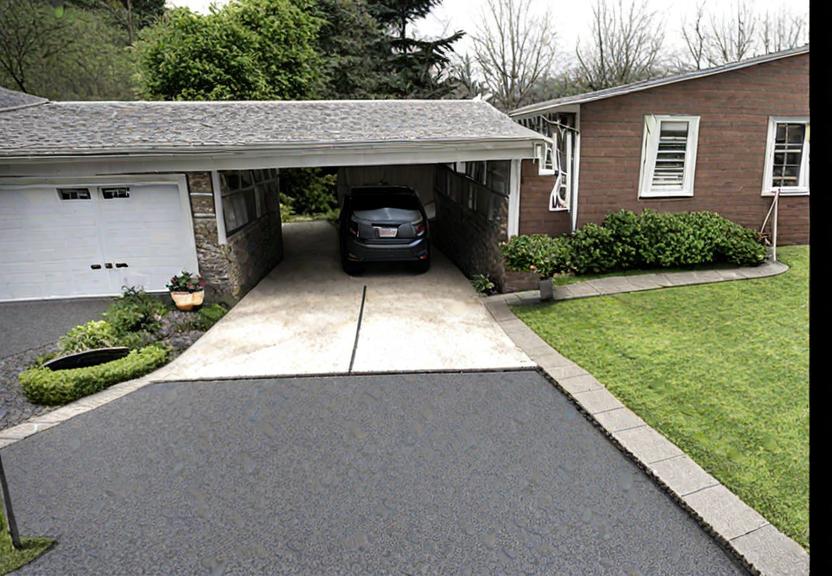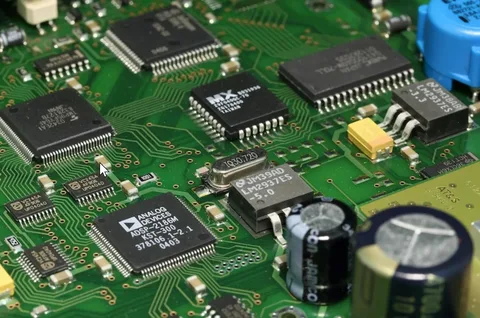In the world of commercial metal fabrication, two paramount factors reign supreme: cost and quality. Striking the perfect balance between these two aspects is an art that can significantly impact the success of any metal fabrication project. Whether you’re a seasoned industry veteran or a newcomer, mastering this delicate equilibrium is essential for both your bottom line and the satisfaction of your clients. In this article, we’ll delve into the intricacies of achieving the ideal equilibrium between cost and quality in commercial metal fabrication.
Table of Contents
Understanding the Significance of Cost and Quality
Before delving into the strategies and techniques for balancing cost and quality in metal fabrication, it’s crucial to comprehend why these two elements hold such profound importance.
- Cost: Cost considerations are often at the forefront of any commercial endeavor. In metal fabrication, expenses encompass everything from raw materials and labor to machinery maintenance and overheads. Achieving cost-efficiency is vital for ensuring profitability and competitiveness in the marketplace.
- Quality: Quality, on the other hand, is a reflection of the excellence and reliability of your metal fabrication work. High-quality products not only satisfy clients but also contribute to the reputation and credibility of your business. Quality issues can lead to expensive rework, damage to your brand’s image, and even potential safety hazards if the fabricated metal components fail to meet standards.
Balancing cost and quality is akin to walking a tightrope; a slight misstep in either direction can lead to unfavorable outcomes. So, how can commercial metal fabricators achieve this delicate balance? Let’s explore some strategies and best practices.
1. Define Clear Project Objectives
Begin by setting clear project objectives and specifications. By understanding the client’s needs and expectations, you can establish a baseline for quality while also defining budget constraints. Clear communication is key to ensuring everyone involved is on the same page.
2. Material Selection and Sourcing
Choosing the right materials is a pivotal step in cost-effective metal fabrication. While high-quality materials may come with a higher upfront cost, they often result in a superior end product with increased durability and longevity. However, if the budget is a primary concern, consider exploring cost-effective alternatives such as aluminum pipe without compromising structural integrity.
3. Skilled Workforce
Investing in a skilled and experienced workforce can significantly impact the quality of your metal fabrication work. Well-trained employees are more likely to produce precise, defect-free components, reducing the need for costly rework. Balancing cost here involves striking a competitive wage structure while also providing incentives for skill development and retention.
4. Efficient Processes
Efficiency is the linchpin of cost management in metal fabrication. Evaluate and streamline your fabrication processes to minimize waste, reduce downtime, and optimize resource utilization. Lean manufacturing principles can be invaluable in achieving these goals.
5. Quality Assurance
Implementing a robust quality assurance process is non-negotiable. This involves regular inspections, testing, and adherence to industry standards and regulations. While quality assurance might seem like an added cost, it ultimately saves money by identifying and rectifying issues early in the fabrication process, preventing costly rework and recalls.
6. Technology and Automation
Incorporating modern technology and automation into your metal fabrication processes can enhance both cost-efficiency and quality. Automated machinery can reduce labor costs, improve precision, and accelerate production, ultimately leading to lower overall costs without compromising quality.
7. Vendor Relationships
Build strong relationships with reliable suppliers and vendors. Long-term partnerships often result in preferential pricing and access to high-quality materials, helping you maintain cost control without sacrificing quality.
8. Continuous Improvement
Never stop seeking ways to improve your processes, products, and cost-effectiveness. Encourage a culture of continuous improvement within your organization, where employees are empowered to identify and implement cost-saving and quality-enhancing measures.
9. Risk Assessment
Conduct thorough risk assessments for each project to identify potential pitfalls that may impact both cost and quality. Having contingency plans in place can help mitigate these risks and prevent unexpected cost overruns or quality issues.
10. Client Collaboration
Maintain open and transparent communication with your clients throughout the fabrication process. Involving them in decision-making and updates ensures that their expectations are met, and any necessary adjustments can be made early on to avoid costly revisions.
Conclusion
Balancing cost and quality in commercial metal fabrication is indeed an art, requiring a nuanced understanding of both financial constraints and the pursuit of excellence. While cost control is essential for profitability, never compromise on the quality of your work. By implementing the strategies and best practices outlined in this article, you can master this art, delivering exceptional results to your clients while maintaining a healthy bottom line. Remember that in the world of metal fabrication, the perfect equilibrium between cost and quality is the hallmark of success.





